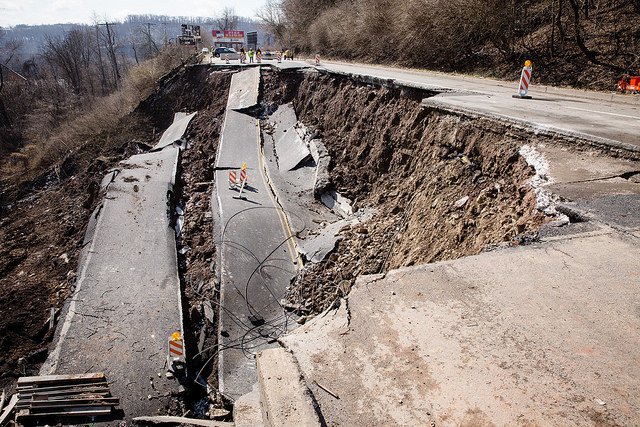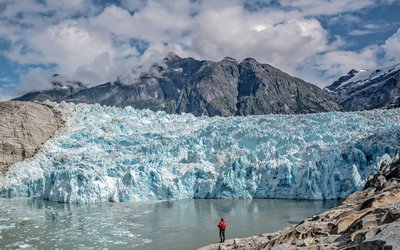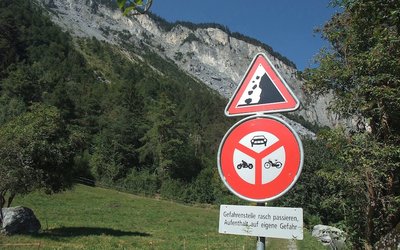On a global scale, landslide hazard doesn't seem to be increasing due to climate change
September 27, 2018

(Photo: Tom Wolf, www.flickr.com)
Landslides are a significant global hazard. Estimates show that ca. 14% of total global casualties from natural hazards are attributed to slope failure. There are three mechanisms that induce landslides: earthquakes, rainfall, and human activities.
A global dataset of fatal landslides caused by rainfall or human activities, covering the period from January 2004 to December 2016, shows that in total 55,997 people were killed in 4862 distinct landslide events. The majority of these events were triggered by rainfall (79%). South, Southeast and East Asia, and South and Central America combined contain 88% of all global rainfall-triggered landslide events. 16% of all non-earthquake landslide events were not generated by rainfall but were triggered by mining, construction or illegal hill cutting. These human activities caused almost 7% of all landslide-related fatalities.
The data do not show a clear long-term increase or decrease in global landslide impact; rather, the record shows that the number of landslides varies strongly from one year to another on a global scale. The data show that landslide occurrence triggered by human activity is increasing, in particular in relation to construction, illegal mining and hill cutting. This supports notions that, on a global scale, human disturbance may be more detrimental to future landslide incidence than climate change. Things are different in the mountains, however: glacial retreat and permafrost degradation will increase slope instabilities in high mountain areas in the long term.
Source: Froude and Petley, 2018. Natural Hazards and Earth System Sciences 18: 2161 - 2181.








